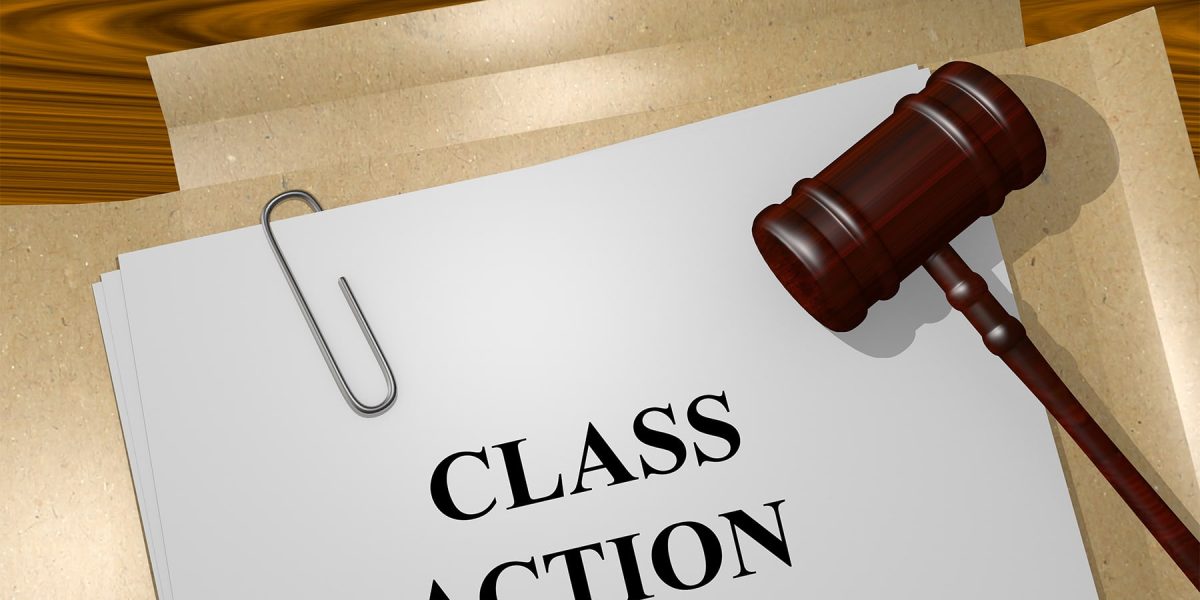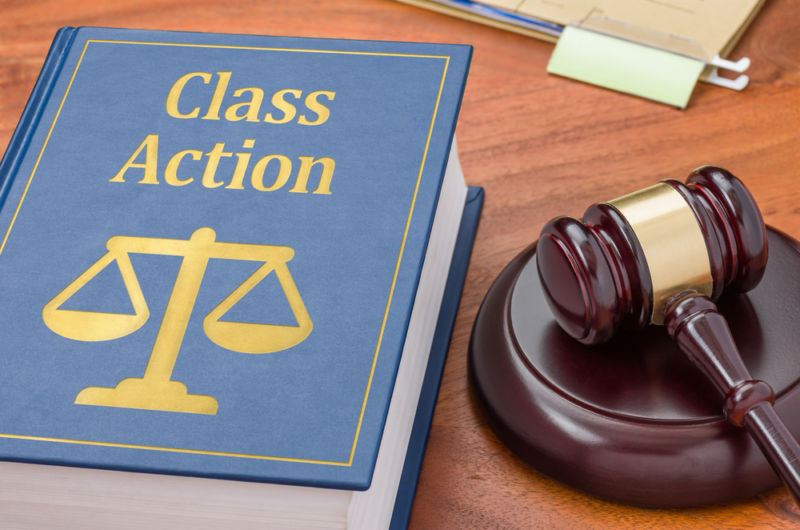Discovering Class Action Claims: What You Need to Know
Class action claims have come to be significantly prevalent in today's lawful landscape, with people signing up with pressures to look for redress against companies and organizations. In this conversation, we will check out the ins and outs of class action legal actions, dropping light on their meaning, the needs for declaring, and the potential benefits and disadvantages entailed.
The Meaning of Class Action Suits
Exactly what is the meaning of a course action suit? A course action claim is a lawsuit submitted by a group of people that have comparable cases against an offender. It allows a lot of individuals, recognized as the class members, to sign up with with each other and pursue their claims collectively, as opposed to each private declaring a different legal action. Class action suits are normally brought when the variety of prospective complainants is also huge for specific lawsuits to be practical. They are generally utilized in instances including customer security, product liability, safety and securities scams, and work concerns.
Among the crucial elements of a course activity claim is that the lead plaintiff, likewise called the class representative, represents the passions of all the class members. The court selects the lead plaintiff based upon their ability to fairly and adequately stand for the class. The lead plaintiff works closely with the course activity attorney to look for and construct a strong case payment or various other solutions on part of the entire class.
In order for a course action legal action to continue, the court must accredit the course. This implies that the court determines that the lawsuit fulfills certain needs, such as numerosity (a large enough variety of class participants), commonness (typical concerns of regulation or fact), typicality (the claims of the lead complainant are common of the class), and adequacy of depiction (the lead complainant and course advise are qualified of standing for the course's rate of interests) Once the class is licensed, the claim can relocate onward, and any judgment or negotiation reached will use to all course participants unless they pick to opt-out.
Class action suits serve a necessary purpose in providing accessibility to justice for people that might not have the resources to seek their cases independently. They also promote effectiveness in the lawful system by settling comparable cases right into a solitary action, decreasing the burden on both the court and the parties entailed.
Requirements for Submitting a Course Action Legal Action

One more requirement is that the class must be adequately various. The exact variety of class participants required might vary depending on the territory and the nature of the case. It is usually anticipated that the course has to be large enough that joining all the individual complainants right into a single lawsuit is much more effective than having numerous separate suits.
Furthermore, it is crucial that the course representative, that is the individual or entity bringing the suit in support of the course, has common insurance claims and defenses to those of the class participants. The representative has to likewise be able to effectively and fairly stand for the rate of interests of the entire course.

Benefits and Downsides of Class Activity Claims
Class action suits supply both advantages and drawbacks for plaintiffs and accuseds associated with the legal procedure. On the one hand, among the considerable benefits of class activity legal actions is that they supply a cost-efficient and efficient method for individuals with similar cases to pursue justice jointly. By combining numerous similar cases into one claim, class activities enhance the lawful process and conserve time and sources for both accuseds and plaintiffs.
Another advantage of course action claims is that they enable people with limited resources to look for compensation for their problems. In situations where the potential recovery is tiny, specific claims might not be financially viable. By signing up with pressures in a class action, plaintiffs can pool their resources and raise their possibilities of getting a reasonable resolution.
In addition, class activities can advertise social adjustment by holding corporations accountable for their activities. By bringing attention to widespread misconduct or defective items, course actions can pressure firms to change their techniques, boost product safety and security, or carry out reforms.
However, course actions additionally have drawbacks. web link One possible disadvantage is that individual plaintiffs might have restricted control over the litigation process and the supreme result of the case. The lead plaintiffs and their lawyers generally make key choices in support of the entire course, which may not constantly straighten with the specific interests of each class member.
Furthermore, class activities can be lengthy and prolonged, commonly taking years to get to a resolution. The complexity and dimension of these claims can bring about hold-ups and prolonged litigation, which can be annoying for both plaintiffs and offenders seeking a prompt resolution.
Actions Involved in a Class Action Lawsuit
The procedure of a class action suit typically begins with the identification of a possible class and the declaring of a complaint. As soon as a team of people who share similar cases against a defendant is determined, the lead complainant, or class representative, submits an issue in behalf of the entire course. This grievance outlines the supposed misdeed and seeks damages or various other relief for all members of the course.
After the issue is filed, the court will identify whether the case satisfies the needs for course accreditation. These needs usually include numerosity (a huge sufficient course), commonness (comparable lawful cases), typicality (the lead complainant's claims are depictive of the course), and competence of depiction (the lead plaintiff and their lawyer can sufficiently represent the course's passions)
If the court licenses the course, notification is provided to all prospective course members, providing them the opportunity to opt-out if they want to pursue their own specific claims - Assertio class action lawsuit. If an adequate number of course participants remain, the situation will certainly proceed to the exploration phase, where both sides gather evidence and info appropriate to the claims
Following exploration, the parties may participate in settlement negotiations or proceed to trial. If the case mosts likely to test and the class dominates, the court will certainly establish the suitable damages or relief to be awarded to the course participants.
Current Spots Course Activity Claims
With a strong understanding of the actions associated with a course activity legal action, it is currently important to analyze some recent site situations that have actually made a substantial impact in the legal landscape. Archer-Daniels-Midland class action lawsuit. These instances have not only shaped the method course activity claims are conducted however have actually also produced modifications in numerous sectors
One such spots situation is the Volkswagen exhausts scandal, which led to the biggest class activity settlement in vehicle history. This deceptiveness impacted millions of consumers worldwide, leading to a course activity legal action.
An additional remarkable situation is the Johnson & Johnson talcum like it powder legal action. Thousands of women submitted claims against the company, claiming that their talcum powder items triggered ovarian cancer.
These current landmark instances show the power of course activity claims in holding corporations accountable for their activities and seeking justice for affected people. They act as examples of just how class activity lawsuits can bring around significant adjustments and protect the legal rights of consumers.
Final Thought
In conclusion, class activity legal actions are a lawful system that enables a group of people to collectively look for justice for a common complaint. Recognizing the steps and requirements involved in submitting a course activity claim is crucial for individuals seeking to seek this lawful avenue.
One of the crucial elements of a class activity claim is that the lead plaintiff, likewise understood as the course rep, stands for the interests of all the class members.In order for a class activity lawsuit to proceed, the court should license the course. This indicates that the court figures out that the legal action meets particular needs, such as numerosity (a large adequate number of class participants), commonness (common concerns of law or fact), typicality (the cases of the lead complainant are normal of the class), and adequacy of depiction (the lead complainant and class advice are qualified of representing the course's interests) When the course is licensed, the legal action can relocate ahead, and any kind of judgment or negotiation reached will apply to all class members unless they pick to opt-out.
The process of a class activity claim usually begins with the recognition of a go to these guys possible course and the declaring of a grievance.